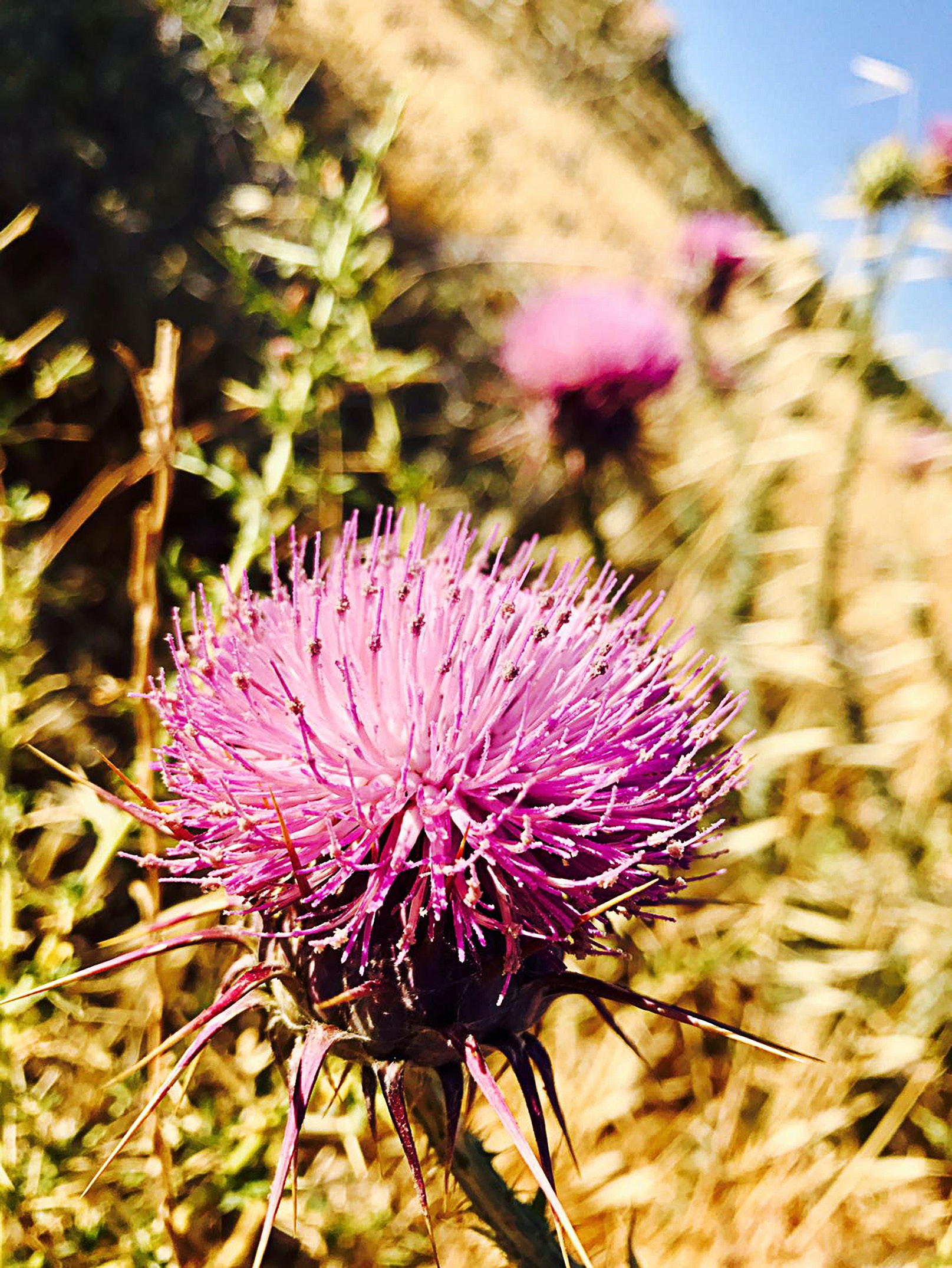
How to Detect Weeds Before an Infestation Happens
Weeds can be more than just an unsightly nuisance in your yard; they can choke out desirable plants, deplete soil nutrients, and invite pests. The key to keeping your lawn lush and healthy is early detection and intervention. Here’s a detailed guide on how to detect weeds before an infestation takes over.
Understanding Weeds: Types and Growth Patterns
Weeds fall into three primary categories:
Annual Weeds:
These weeds complete their life cycle in one year. Examples include crabgrass and chickweed. They spread rapidly, especially in disturbed soil. Identifying and removing these early can prevent a significant spread within a single growing season.
Perennial Weeds:
These weeds complete their life cycle in one year. Examples include crabgrass and chickweed. They spread rapidly, especially in disturbed soil. Identifying and removing these early can prevent a significant spread within a single growing season.
Biennial Weeds:
These have a two-year life cycle, producing leaves in the first year and flowering in the second. Examples include burdock and wild carrot. Their lifecycle means they can go unnoticed for a while, making regular monitoring crucial.
Early Detection Tips
Regular Lawn Inspections:
Make it a habit to inspect your lawn at least once a week. Look for new, unfamiliar plants. Early detection allows you to address the problem before it spreads. Regular inspections can also help you catch other potential lawn issues, such as pests or diseases, before they become severe.
Check for Bare Spots:
Weeds often invade bare spots in your lawn where grass is thin or absent. These areas are prime targets because there is less competition for sunlight and nutrients. Addressing bare spots by reseeding or sodding can help prevent weeds from establishing a foothold.
Identify Seedlings Early:
Learn to recognize weed seedlings. They are often easier to remove before they establish deep roots. Seedling weeds can often be hand-pulled or controlled with a light application of herbicide. Early removal prevents these seedlings from maturing and spreading more seeds.
Monitor Soil Conditions:
Weeds thrive in compacted, nutrient-poor soil. Regularly aerating your lawn and maintaining a balanced soil pH can prevent weed seeds from taking root. Healthy soil supports robust grass growth, which in turn suppresses weed development.

Effective Weed Management Strategies
Proper Lawn Care:
A healthy, dense lawn can outcompete weeds. Regular mowing, watering, and fertilization help maintain robust grass that leaves little room for weeds to grow. Proper lawn care also includes seasonal treatments that address specific growth patterns of both your grass and potential weeds.
Mulching:
Mulch around flower beds and trees to suppress weed growth. Organic mulches like wood chips or straw can block sunlight, preventing weeds from germinating. Additionally, mulch helps retain soil moisture and improves soil health over time.
Pre-Emergent Herbicides:
These herbicides prevent weed seeds from germinating. Apply them in early spring before weed seeds have a chance to sprout. Consistent use of pre-emergent herbicides can significantly reduce the overall weed seed bank in your soil.
Post-Emergent Herbicides:
Use these on established weeds. They are effective against weeds that have already taken root. Be sure to follow the instructions carefully to avoid damaging your lawn. Targeted application helps minimize the impact on desirable plants.
Manual Removal:
Hand-pulling or digging out weeds can be effective for small infestations. Ensure you remove the entire root to prevent regrowth. Using tools designed for weed removal can make this task easier and more efficient.
Common Signs of a Weed Problem
- Uneven Lawn Color: Patches of different greens or browns can indicate weed presence. These variations often signify different plant species competing with your grass for resources.
- Unusual Plant Shapes: Many weeds have distinct shapes and growth patterns that differ from your lawn grass. Recognizing these unique characteristics can help you identify weeds early.
- Rapidly Spreading Patches: Areas of your lawn that seem to grow quickly and out-compete your grass can be a sign of a weed infestation. Noticing these patches early can allow for prompt treatment.
Professional Help and Free Consultation
Detecting and controlling weeds early can save you time, effort, and money in the long run. However, if the problem persists or becomes overwhelming, professional help may be necessary. At West Termites & Pest, we offer comprehensive pest control, termite control, and lawn care & treatment across Arkansas and Oklahoma. Our trained professionals use state-of-the-art methods and products to ensure your lawn stays weed-free.
We provide a free consultation to assess your lawn and recommend the best course of action. During the consultation, we can identify specific weed problems and create a customized treatment plan. Contact us today to keep your lawn healthy and weed-free all year round.
Call your local West Termite location or fill out the form
on our contact page to schedule your inspection today!
More posts from West Termite, Pest & Lawn
Top 5 Spring Pests in Arkansas and How to Keep Them Out
Looking to protect your home this spring? Pest season in Arkansas starts as early as March, and if you’re not prepared, you could find yourself sharing your space with ants, termites, mosquitoes, spiders, or wasps. In this guide, we will cover the top five spring...
Spring Into Action: Preventing Termite Infestations in Arkansas Homes
Termite infestations are a serious concern for homeowners in Arkansas, especially during the spring when these pests become most active. Preventing termite infestations early can save you from expensive structural damage and long-term headaches. Termites thrive in the...
Early Spring Lawn Care Tips: How to Keep Your Arkansas Yard Healthy
A healthy lawn starts in early spring. If you want lush, green grass by summer, the groundwork begins as the weather warms and the soil softens. The right early spring lawn care routine is essential for homes in Arkansas, where fluctuating temperatures and humidity...



